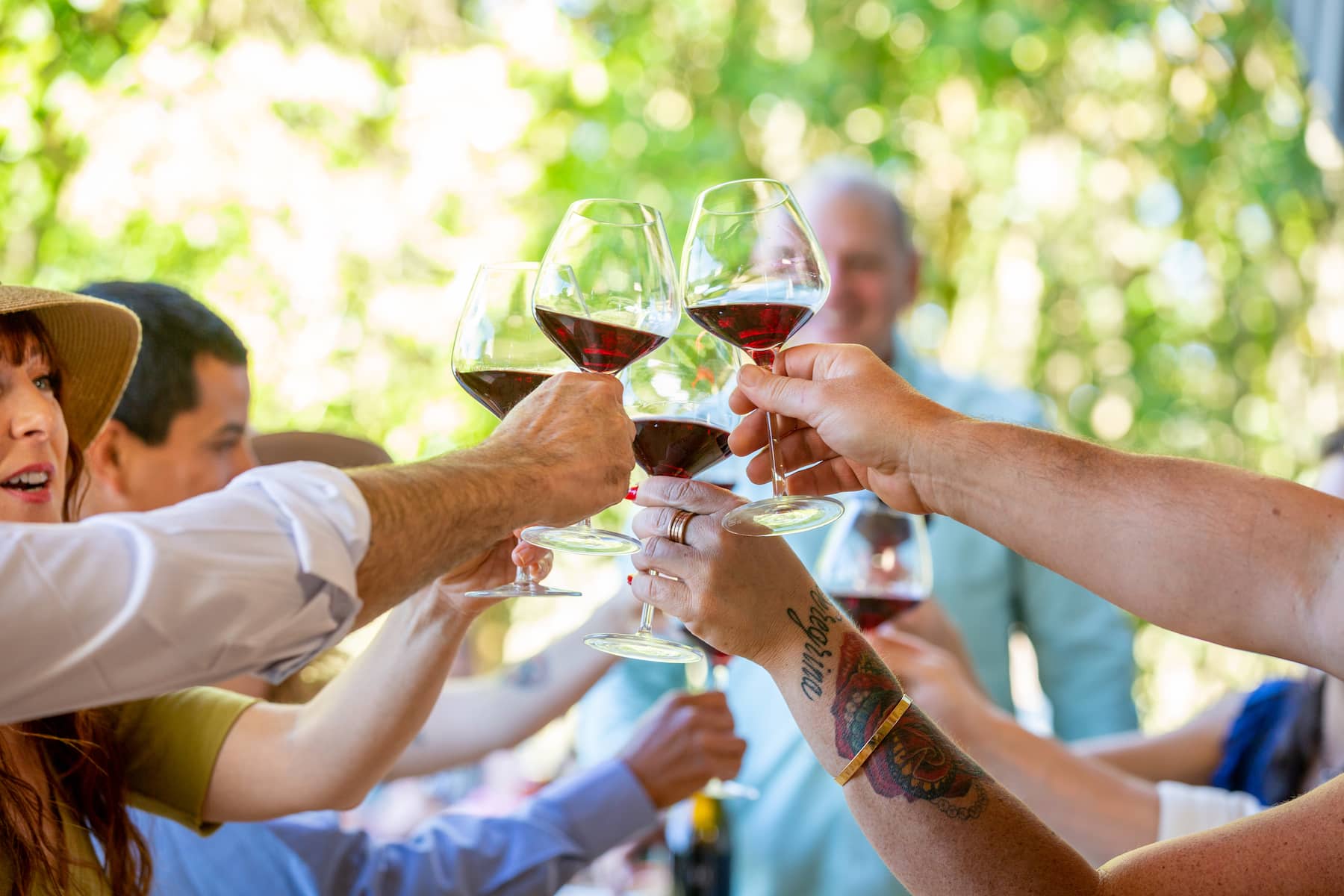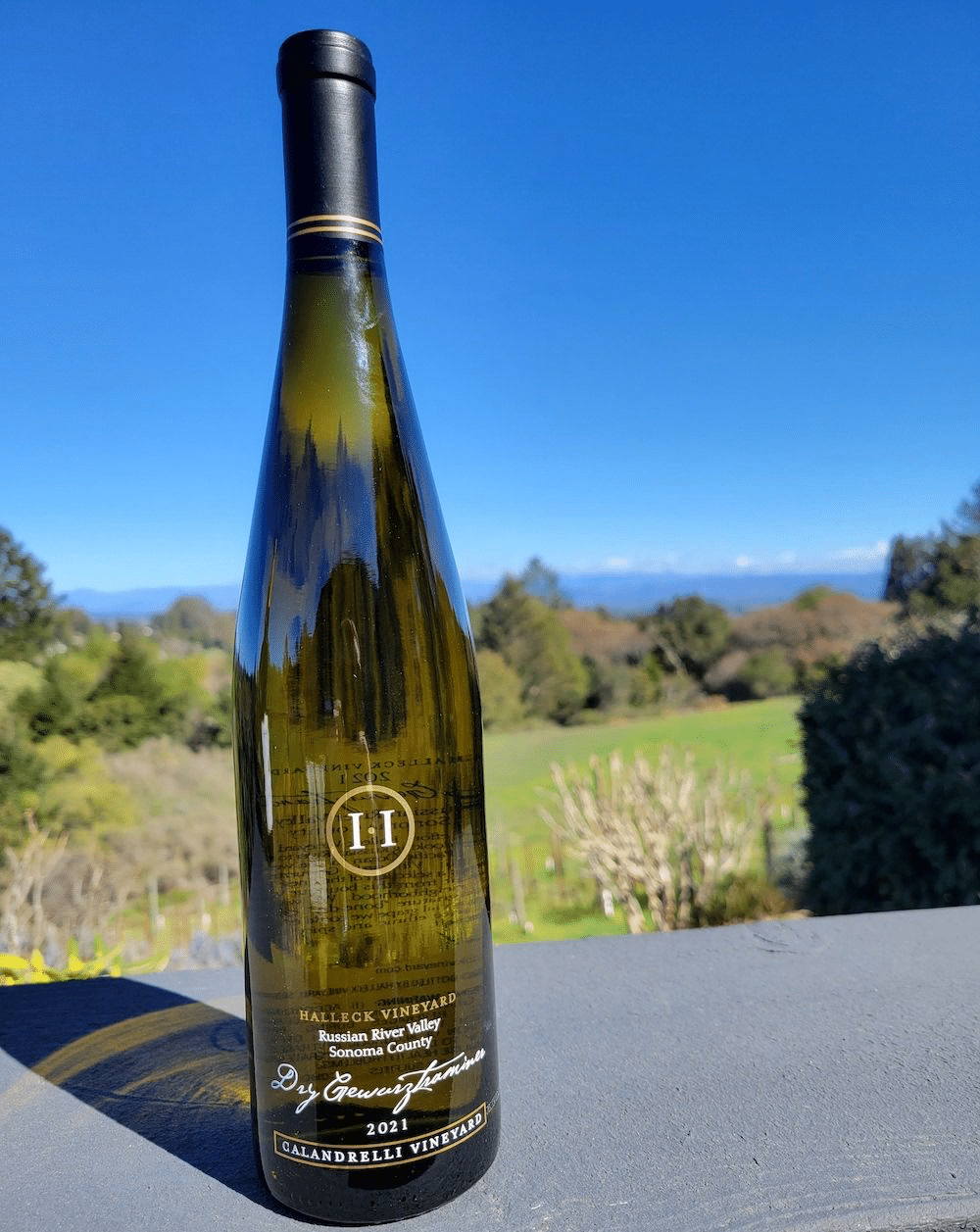Quaint Wineries In Picturesque Settings In Sebastopol - Sonoma Wine Tasting Spots
Wine tasting is an art that requires practice and an understanding of various elements concerned within the course of. One essential component of wine tasting is the event and interpretation of tasting notes, which function a guide for each novices and seasoned connoisseurs. A Guide To Understanding Winery Wine Tasting Notes can improve your wine-tasting experience, making it extra meaningful and pleasant.
Tasting notes are concise descriptions that seize the essence of a wine’s flavors, aromas, and overall character. Often composed by professional tasters, winery tasting notes supply insights into the nuances of various wines. They might help wine enthusiasts perceive what to expect from a specific bottle. Nonetheless, tasting notes can vary extensively in style and element primarily based on the writer's experience and palate.
Wine Tasting Events In Sonoma County - Top Sonoma Wine Tasting Destinations
When you first strategy a glass of wine, your senses will start to interact right away. The sight, scent, and taste of the wine will converge to provide you an entire experience. Tasting notes generally start with the visual evaluation, where the colour of the wine is taken into account. Shade plays a major role in indicating the wine’s age, grape selection, and even its flavor profile.
After assessing the visual side, the next step entails swirling the wine in the glass. This motion aerates the wine, allowing its aromas to awaken. Smelling the wine offers important insight into its complexity. The preliminary sniff can deliver a flood of scents that will include fruity, floral, natural, or earthy notes. This is often probably the most subjective a part of tasting, as particular person experiences can dramatically differ.
In winery tasting notes, descriptors are often categorized into main, secondary, and tertiary aromas. Primary aromas often stem from the grape selection, secondary aromas derive from fermentation processes, and tertiary aromas arise from growing older. Understanding these classes can help you respect the depth of a wine, and they also provide the vocabulary to specific your experience higher.
Vineyard Picnic Spots In Sonoma Valley - Wineries In The Sebastopol Region
Following the olfactory encounter, your focus will shift to the style of the wine. This is where the first characteristics—sweetness, acidity, tannins, alcohol—come into play. Tasting notes typically detail these flavors in a quantity of dimensions, together with the initial assault in your palate to the lingering finish on your tongue. A high-quality wine will current a harmonious balance between these components.
While tasting, it's important to contemplate the physique of the wine, which could be described as light, medium, or full. The physique contributes significantly to your overall impression, serving to you consider how the wine pairs with food or whether or not it stands alone as a sipping wine. Balancing the body with the opposite characteristics will give you a fuller understanding of what the wine has to supply.
The finish of the wine, additionally referred to as the aftertaste, is one other critical side typically included in tasting notes. A lengthy, pleasant end often signifies a better high quality wine, while a brief or cloying aftertaste might counsel otherwise. Evaluating the end can supply additional insight into the wine's complexity and distinction.
Understanding the context of winery tasting notes can be valuable. Tasting notes can present contextual information about the winery's location, climate, and grape-growing practices. This context adds one other layer of appreciation for the wine, allowing enthusiasts to attach the sensory experience with its origins, thus enhancing the enjoyment further.
Wineries Known For Sustainable Practices In Sonoma - Wineries To Explore In Sonoma Valley
Many wineries present tasting notes on their web sites or labels, typically written in an approachable yet informative style. Nonetheless, not all winery tasting notes are created equal. Some could additionally be overly technical, while others might prioritize advertising aptitude over insightful analysis. Studying to navigate these notes can arm you with the information to make informed choices when deciding on wines.
Collaborating in tastings at wineries also can deepen your understanding of wine tasting notes. Interacting with knowledgeable workers can provide you a extra hands-on approach to exploring different wines and the language used to explain them. Top Rated Wine Experiences In Sebastopol. You May have the chance to ask questions, interact in discussions, and potentially refine your palate in actual time.
Experimentation is important for mastering wine tasting notes. As you sample different wines, strive making your personal notes. Focus on describing the wine’s color, aroma, style, and end. Over time, you’ll develop a personal vocabulary that resonates along with your sensory experiences. Every note you create will help refine your palate, permitting you to understand wines at a deeper level.
Celebrated Winemakers To Discover In Sonoma - Sonoma’s Lush Vineyard Landscapes
In conclusion, a Guide To Understanding Winery Wine Tasting Notes provides a complete framework for diving into the world of wines. It equips you with the methods and language necessary to articulate your experiences. Whether you are a go to the website casual drinker or a dedicated aficionado, understanding and utilizing tasting notes can profoundly impact your wine journey. This knowledge not solely enhances your enjoyment but additionally connects you deeply with the wealthy narratives every bottle tells. By embracing this journey, you turn into a part of the gorgeous mosaic of wine tradition, where every sip unveils a new story waiting to be discovered.
- Wine tasting notes usually embody a selection of sensory descriptions, including aroma, flavor, acidity, physique, and finish, allowing tasters to fully recognize the wine's traits.
- To improve your understanding, familiarize yourself with common wine terminology such as "tannins," "oakiness," or "terroir," which may help decipher the notes extra effectively.
- A systematic approach to tasting involves first visually assessing the wine's shade and readability, followed by swirling to release aromas, then inhaling and describing what you experience.
- Taking notes throughout tasting may help determine patterns over time, improving your palate and making it simpler to recall preferences for future alternatives.
- Do Not overlook the influence of food pairings; tasting notes can differ greatly when a wine is loved with complementary flavors, altering notion and enjoyment.
- Pay consideration to the wine’s vintage, as weather conditions in a given yr can significantly have an result on the final product, adding one other layer to the tasting notes.
- Think About the winemaker's style and philosophy, which can form the wine's profile and influence how its notes evolve with every sip.
- Training with different grape varieties can broaden your vocabulary; every sort brings unique traits that can improve your capability to articulate tasting notes effectively.
- Participating with wine professionals or attending tasting events can provide priceless insights, offering a richer context for understanding personal tasting notes.
- Keep In Mind that tasting is subjective; individual preferences and experiences will form one’s interpretation of the same wine, enriching the general enjoyment of wine exploration.
What are wine tasting notes?
Wine tasting notes are descriptive feedback made by tasters concerning the look, aroma, taste, and finish of a wine. They present an overview of the wine's characteristics and may help consumers understand the style and high quality of the wine.
Wineries Known For Their Hospitality - The Charm Of Sonoma Wineries
Why are tasting notes important when deciding on wine?
Tasting notes can guide you in choosing a wine that fits your palate. They present insights into flavors and aromas, helping you to match wines with food or occasions. Understanding these notes enhances your total wine experience.
How should I learn wine tasting notes?
(Exclusive Wine Clubs In Sonoma)
Wineries With Sustainable Practices - Sonoma Wineries With Vineyard Views

When studying wine tasting notes, pay attention to the construction: search for descriptions of color, aroma, flavor, and end. This will allow you to grasp the wine's profile and determine if it aligns together with your preferences.
What phrases commonly seem in wine tasting notes?
Frequent terms embrace "tannin" (the structure), "acidity" (the crispness), "physique" (the weight), and various flavor descriptors like "fruity," "earthy," or "spicy." Familiarizing yourself with these terms can deepen your understanding of wine.
Wineries Producing Pinot Noir And Chardonnay - Sonoma Wine Tasting Adventures

Can I create my own tasting notes?
Yes! Writing your own tasting notes can improve your wine tasting experience. Focus in your observations of style, aroma, and other sensory characteristics. official source This personal practice can help you refine your palate over time.
How do I identify the aromas in wine tasting notes?
Wineries Near Highway 12 - Wine Tasting At Sonoma Vineyards
To determine aromas, practice smelling a selection of scents and associating them with wines. Swirl the wine in your glass to launch its aromas, then take a second to breathe in deeply earlier than figuring out any distinguished scents.
What is the difference between professional and personal wine tasting notes?
Professional tasting notes could use more technical language and specific terminology, whereas personal tasting notes are subjective and replicate individual experiences. Both are useful for understanding and having fun with wine, but personal notes might resonate extra along with your unique tastes.
How can tasting notes enhance my wine appreciation?
Charming Wineries With Views In Sonoma Valley - Top Sonoma Wine Tasting Destinations
Tasting notes can improve your appreciation by serving to you to grasp and articulate the complexities of wine. They encourage conscious tasting and supply a framework for comparing totally different wines, leading to a richer enjoyment of the beverage.
Are there any apps or tools to help with wine tasting notes?
Sure, there are a quantity of apps designed to assist users record and organize their tasting notes. These instruments usually supply features like flavor wheel guides and wine database searches, making it easier to track your journey by way of completely different wines.